In this article, I will explain about the Four Components of SAP Event Management. In fact, these four components are the backbone of SAP Event Management.
If you work on SAP Event Management, you may or may not know how the events are controlled, processed and monitored in system. This article will give you an overview about the different components and how do they process the events and receive messages.
The Four Components of SAP Event Management are:
- Event Controller
- Event Processor
- Expected Event Processor / Monitor
- Rule Processor
1. Event Controller
When an event is received by SAP EM system, the event controller first gets the tracking ID of the event. It then checks for any relevant event handlers for the event message using the tracking ID. If any relevant event handlers exist, then the event message will be handed over the Event Processor, for processing against that handler.
For example – Customer shipment delivery event is coming into SAP EM, the Event controller gets the tracking id of shipment event and checks for any relevant event handlers. If any corresponding shipment event handlers exist, the event will be handed over to Event Processor, for processing against shipment event handlers.
2. Event Processor
Event Processor receives the event message and it validates and maps Parameters, Tracking ids, event codes, date and times etc. If it is unable to process the event at that time, the event will be queued for processing at a later time.
For example – Customer shipment delivery event message is handed over to Event Processor, it validates and maps all fields into parameters, reported data and time, delivered to customer event code, etc.
3. Expected Event Processor / Monitor
Expected Event Processor / Monitor keeps monitoring the expected events which have not yet occurred. When the event doesn’t occur within the expected time-frame, it then flags it as overdue event and executes any applicable activities. It also triggers alerts or workflows or create a task to notify the relevant team.
For example – Suppose a customer has to receive a shipment on 10 June, the expected event processor will keep a watch on this event until it occurs. When the event has not been reported or overdue until 11 June, then it flags the event as Overdue and further triggers exception alert to shipment team to address the issue immediately.
4. Rule Processor
When an event arrives in SAP Event Management for processing, the rule processor checks the event message and figures out the corresponding event handlers it belongs to and determines which rule set is to be used to process the event. Rule set comprises of set of activities to execute and process event messages.
For example – If customer shipment delivery event arrives then the rule processor will check and determine the rule set to process the event. If the rule condition is met / satisfied, then the assigned activity (Multitask Activities) in rule set will be executed sequentially to set relevant status in shipment event handler.
These are the four Components of SAP Event Management – backbones of SAP Event Management.

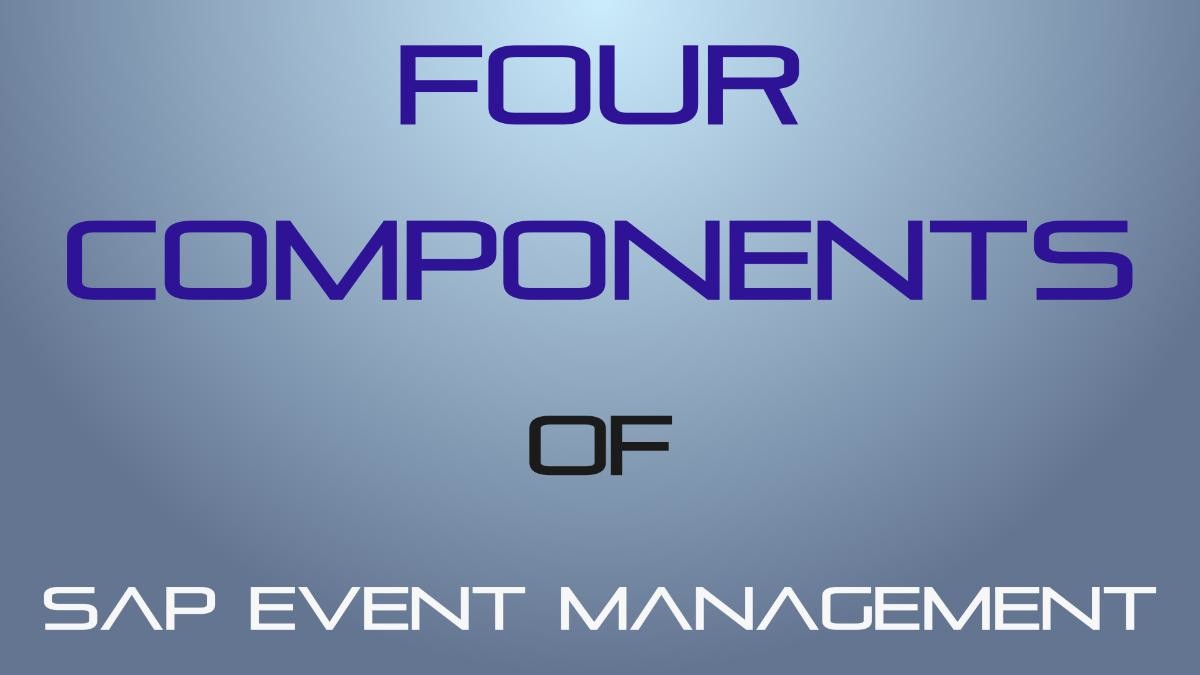
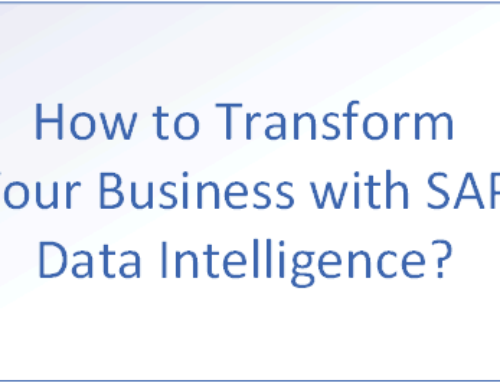
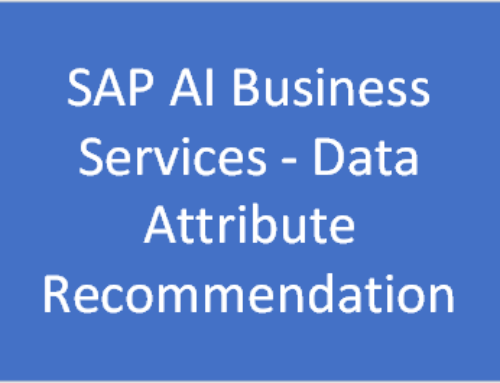
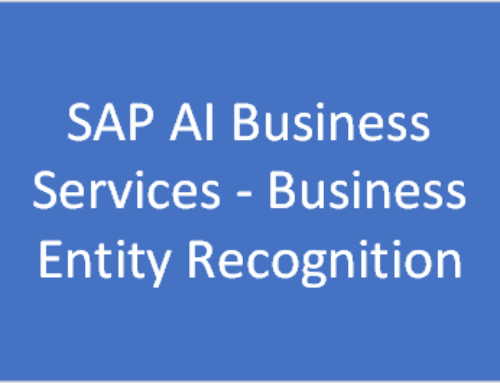
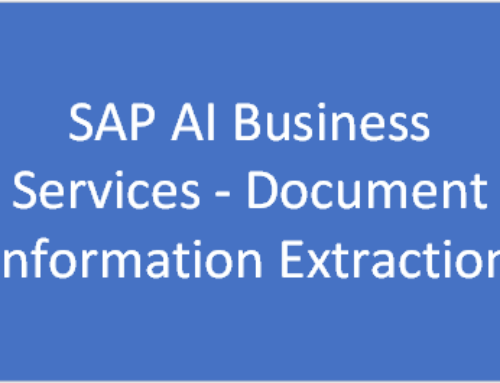
Leave A Comment